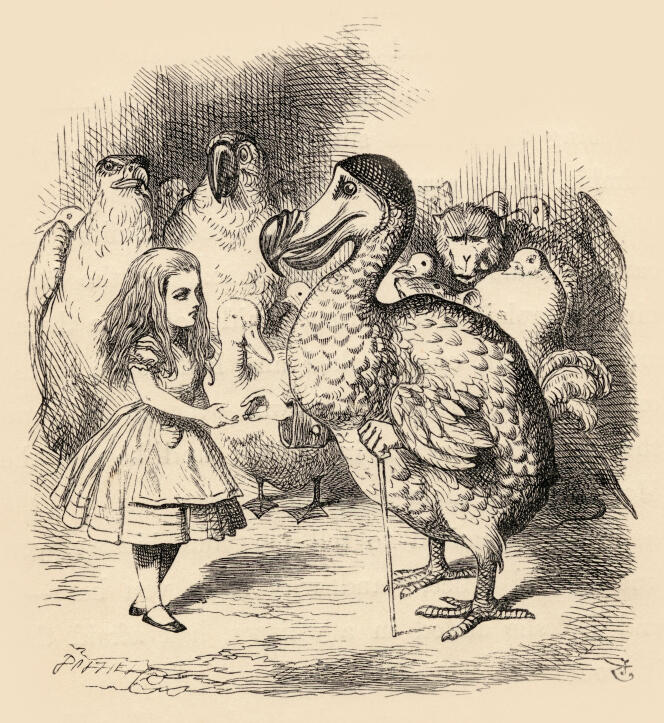Delphine Angst has a doctorate in paleontology. As a specialist in the dodo, to which she devoted two postdocs, in South Africa and England, and several articles, she takes stock of old and recent research on this iconic bird of Mauritius, which has disappeared for almost four centuries but which remains fascinate. .
Why is this emblematic bird so little known?
The complicated thing about the dodo is that it was contemporary with humans, but at a time when natural history did not yet exist, as it disappeared in the 17th century.e century, probably in the 1660s. We were well before Charles Darwin (1809-1882). We had no idea how the natural sciences were informed. And the people who saw the dodos alive were sailors who had no naturalistic training. They described them very succinctly in their logbooks. Furthermore, we have very few remains of dodos: no stuffed specimens, very few bones, except those taken from swamps, i.e. from a very destructive environment. This makes many chemical analyzes impossible or very complicated.

No stuffed animals, no complete skeletons, how is that possible?
At the time, some animals were sent to Europe and Asia for exhibition. Only one was naturalized after his death, that of London. But it soon suffered damage and was destroyed. They retained one leg and the head. As for the bones, most of them come from a site called Mare-aux-Songes, in the southeast of the island, excavated starting in 1865, two centuries after the extinction. And quite brutal, like you do in a swamp. We do not work there with toothpicks or small knives, but by trampling the ground. The result is that the skeletons we see in museums are all composite or fragmentary, with the exception of those from Port-Louis, Mauritius. All this makes even anatomical studies of specimen sizes difficult.
Does the multitude of clichés surrounding it come from?
Earlier documents from the time depicted the dodos in increasingly exaggerated ways, with extremely large, extremely fat birds. And often incredibly colorful, like parrots. We have images of a somewhat ridiculous bird and texts saying that it didn’t even run away when it saw people, a testament to its stupidity. Moreover, the term ‘sleep’ comes from Dutch dodarsen, which means ‘stupid’. In short, an idiot. But if we deconstruct it all, we see that everything is false. He had no reason to run since he had never had a predator before. And humans wiped it out so quickly that it didn’t have time to adapt. The same goes for his obesity. There were certainly obese individuals: those who were reportedly fed first by sailors and then in zoos. They are the ones who are essentially represented, far removed from the reality in Mauritius. So no, the dodo was not stupid, nor obese, nor maladjusted. Except for the new environment imposed by humans. But clichés sometimes remain persistent.
